20 Toxic Products You Use Every Day Without Even Realizing It
Most people know leading a healthy lifestyle involves maintaining a balanced diet and exercising regularly. However, many people are unaware of how exposure to toxic chemicals can lead to lifelong health problems, including cancer. Frederica Perera, a professor of environmental health sciences at Columbia University, claims that many toxic chemicals pose a serious threat to adults, children, and developing babies. Here are twenty everyday products that contain these dangerous toxins.
Air Fresheners
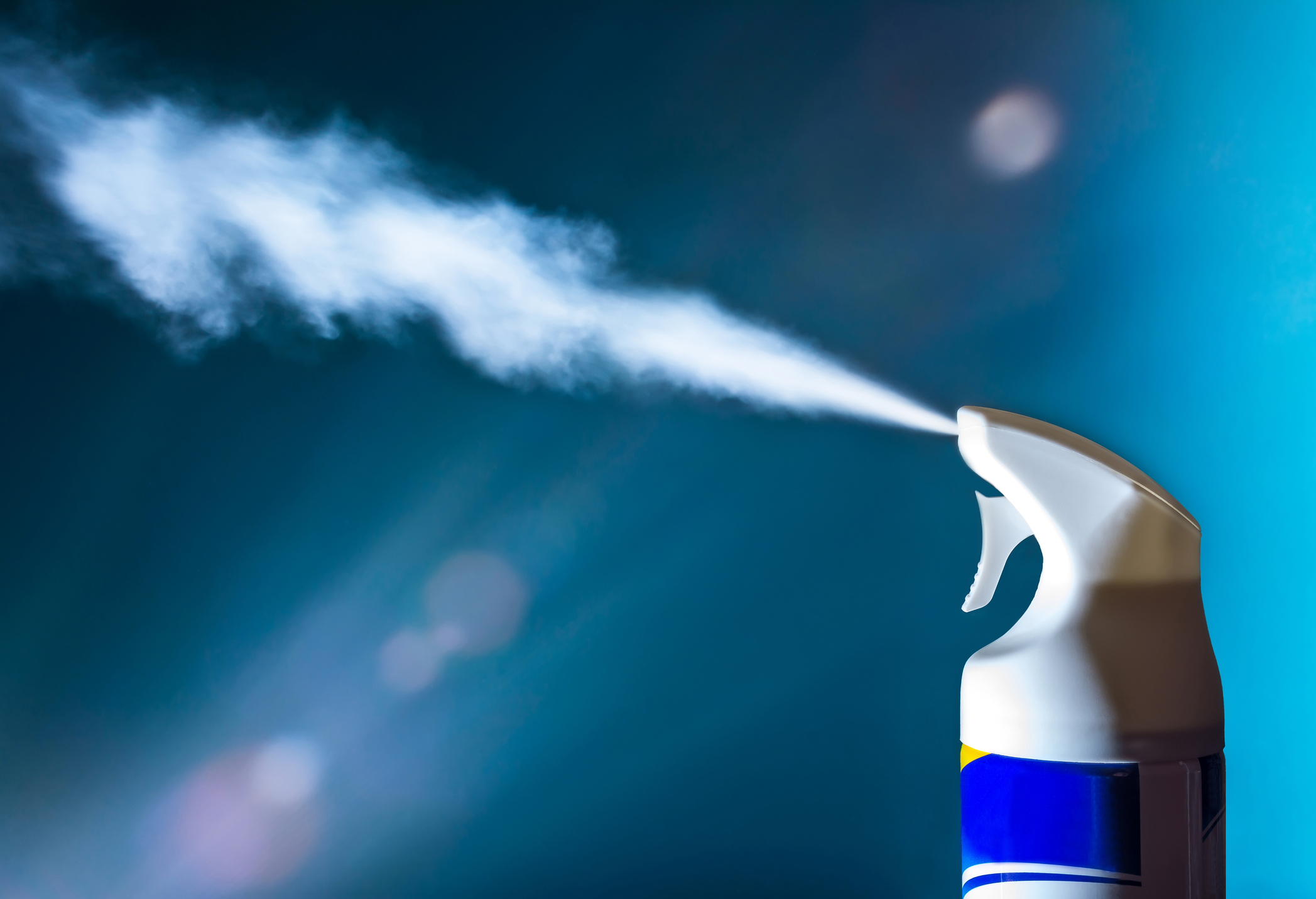
Using an air freshener regularly can cause harmful pollutants to build up in the air. To prevent this, make sure rooms and homes are well ventilated when using an air freshener.
Plastic Food Containers
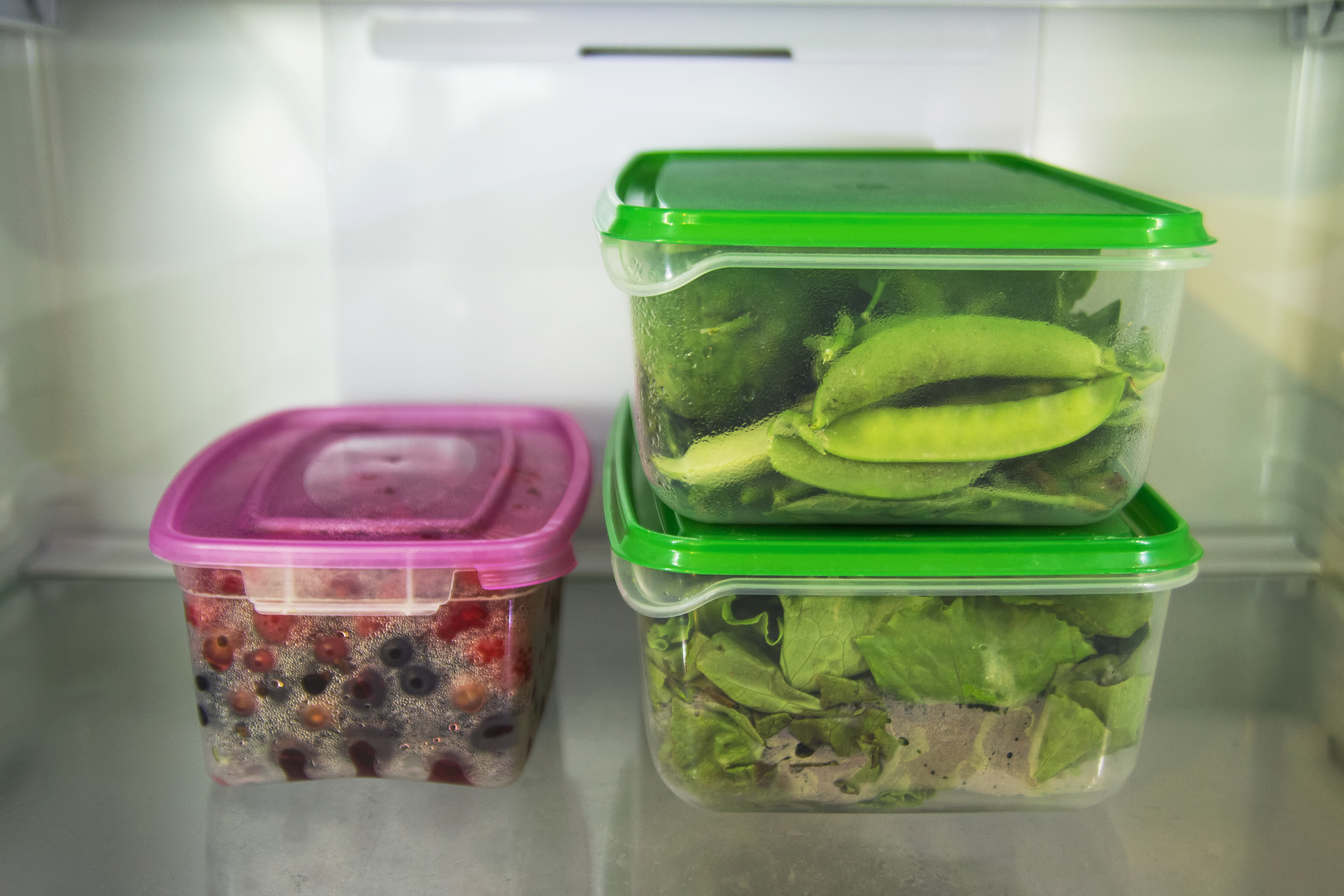
Because plastic breaks down over time, toxins can leak into food that is stored in plastic containers. These containers usually contain phthalates, which are known to adversely affect hormones in the body.
Shower Curtains

Shower curtains contain phthalates, which have been associated with learning and memory difficulties in children. This toxic chemical is used to soften the plastic in shower curtains.
Cleaning Products
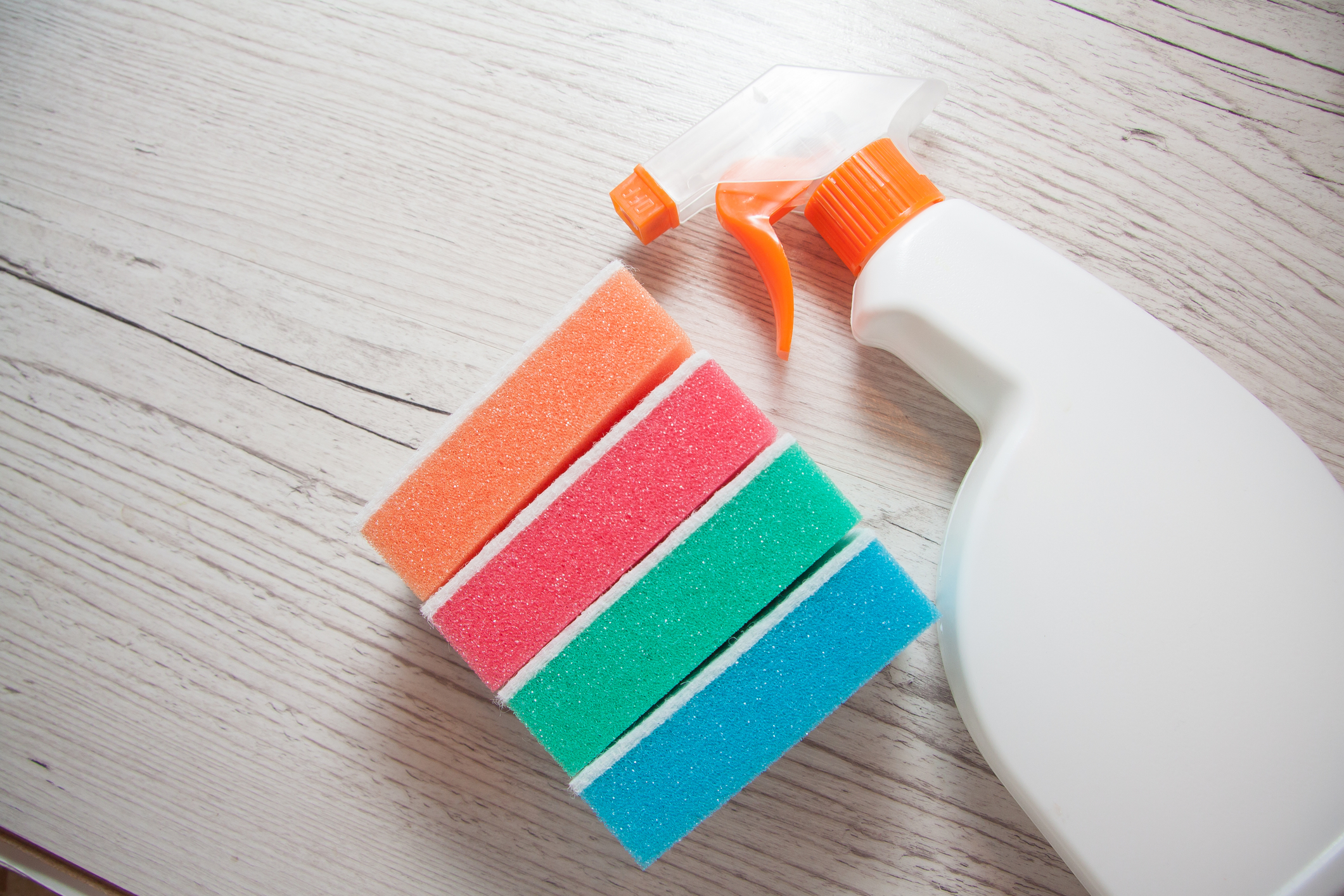
Most cleaning products contain a cocktail of toxic chemicals that are harmful to human health. Two natural alternatives include baking soda with water and hot water with lemon.
Dry Cleaned Clothes

Dry cleaners usually use perchloroethylene to provide the best results possible to customers. However, this chemical has been linked to central nervous system, kidney, and liver damage in humans.
Television And Gaming Consoles

Gaming consoles and televisions contain bromine, phthalates, and other toxic chemicals that can disrupt hormone function in humans. These devices also contain flame retardants, which have been linked to impaired brain development.
Perfumes

Perfumes may contain some or all of the following chemicals: acetone, benzaldehyde, camphor, ethyl acetate, linalool, and methylene chloride. All of these substances can have negative short and long-term health consequences.
Plastic Drink Bottles
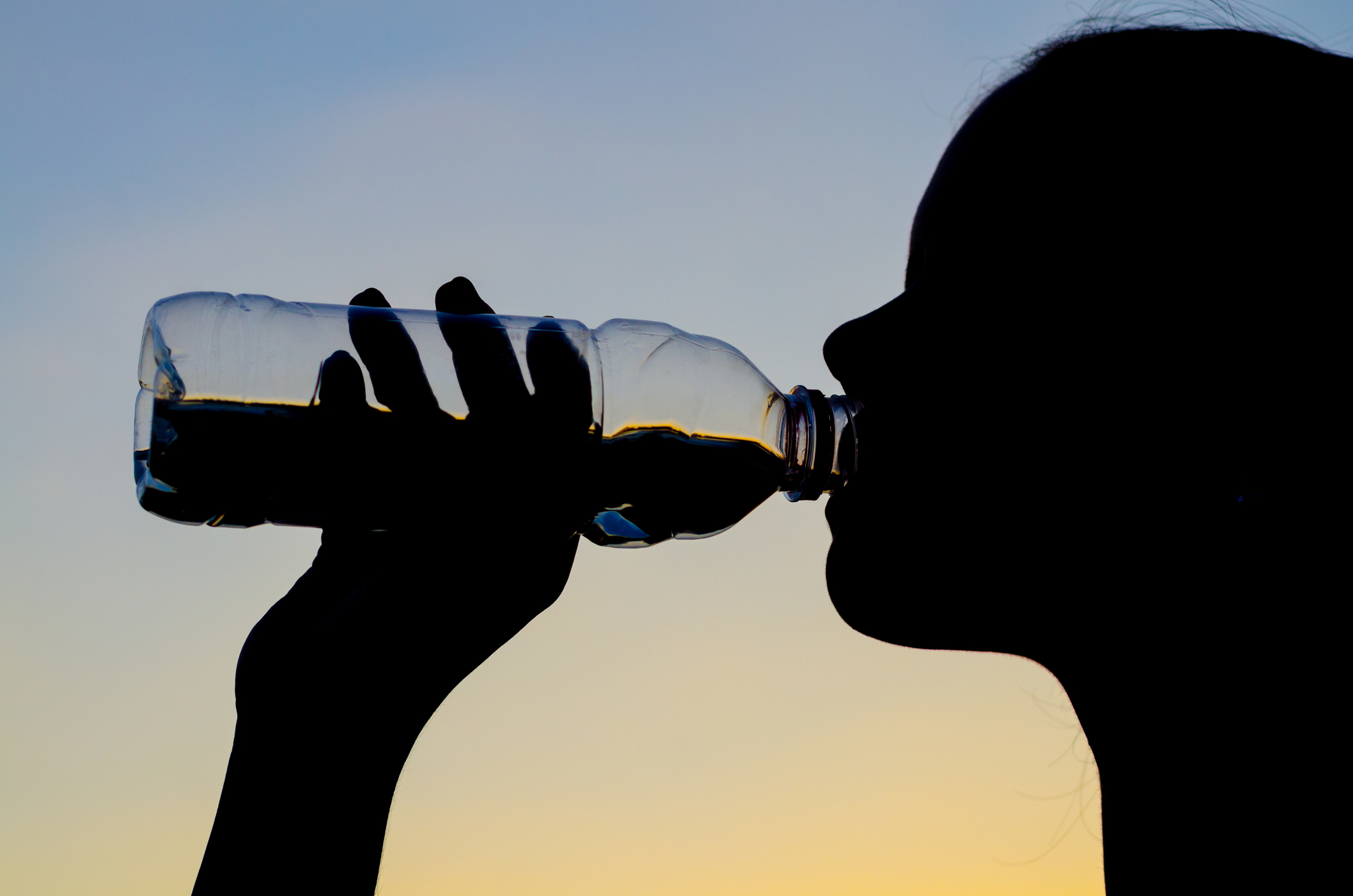
Plastic bottles have the potential to leak harmful chemicals, known as bisphenol A (BPA), into drinks. Although most plastic drink bottles are now BPA free, it may still be safer to drink from a glass or stainless steel bottle.
Mattresses

Many mattresses have high levels of polybrominated diphenyl ethers (PBDEs), a chemical that has been linked to neurological damage, decreased sperm count, and thyroid problems. Because of the threat they pose to human health, there are strict regulations in place to prevent PBDE mattresses and second-hand mattresses from being imported into Canada and some US states.
Non-Stick Cookware

At high temperatures, non-stick cookware can emit a toxic gas that is harmful to humans. Polytetrafluoroethylene is the chemical that both creates the non-stick coating and creates the toxic gas. To avoid exposure to this chemical, use stainless steel or iron cookware.
Cosmetics

Like perfume, cosmetics are full of potentially harmful chemicals. Makeup that is mineral based or made from natural oils significantly reduces exposure to toxic chemicals.
Antiperspirant
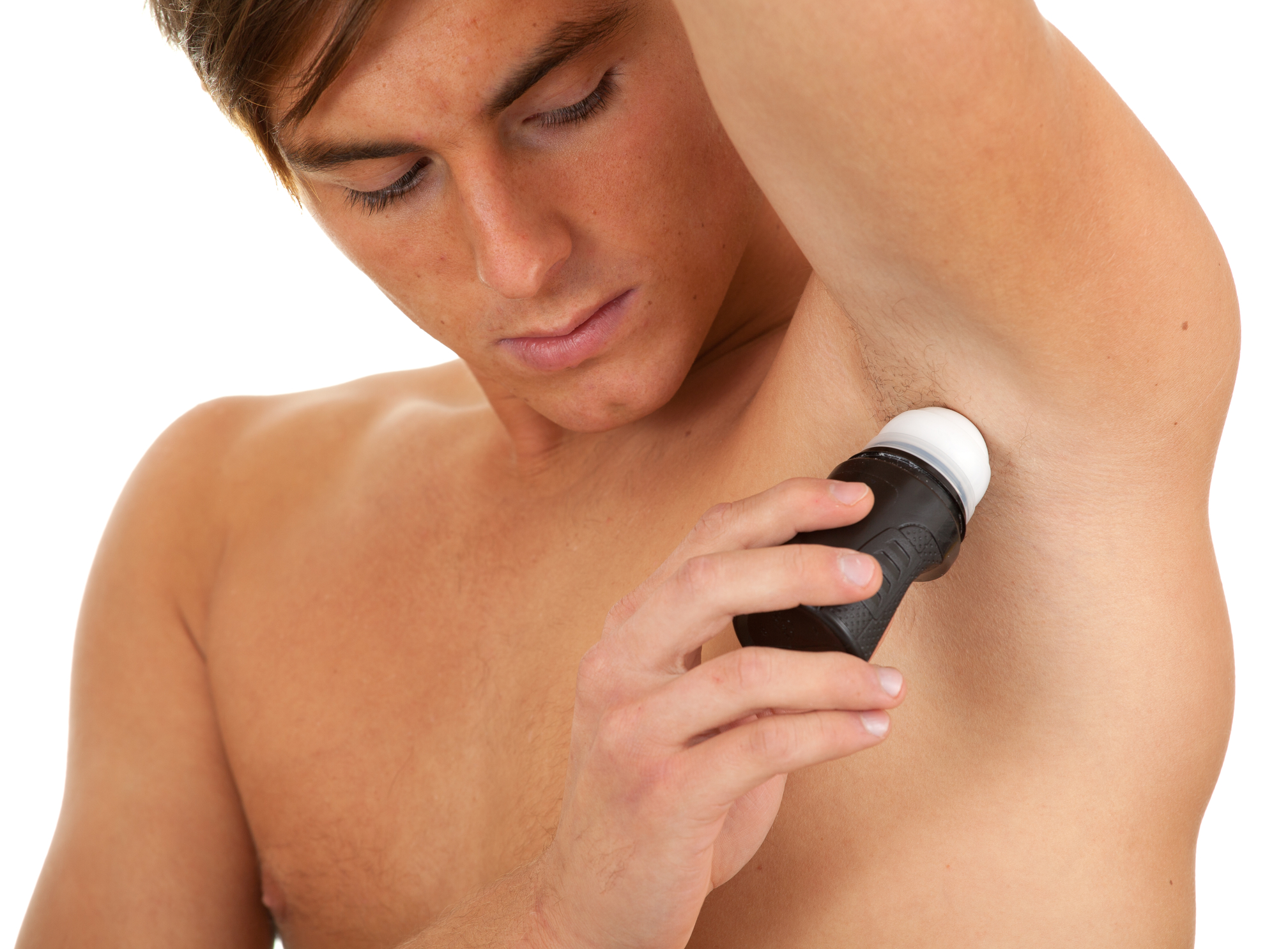
Antiperspirant may prevent sweating, but the aluminum in it can have negative effects on the human body. In recent years, medical experts have raised questions about the link between aluminum exposure and breast cancer. However, more research is needed to understand the impact of aluminum exposure on human health.
Fabric Softener
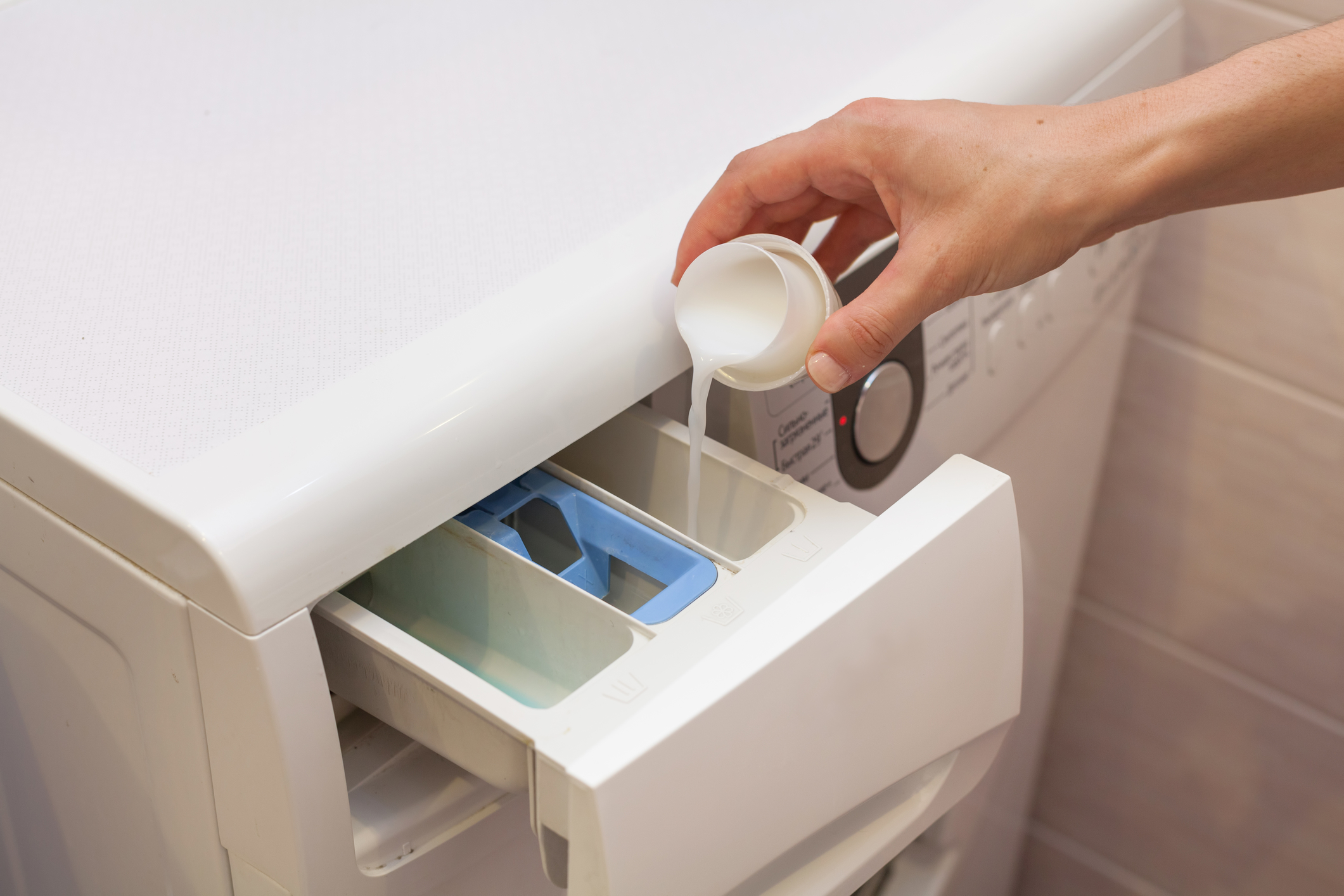
Fabric softener works by coating clothing with a layer of chemicals, which is designed to soften the feel of fabric against the skin. The chemicals in fabric softener can cause respiratory problems, skin irritation, and migraines.
Baby Care Products

Baby toys, furniture, and strollers contain the flame retardants bromine and chlorine. These chemicals can leak out when the items they are contained in are used regularly. Bromine and chlorine have been linked to neurological disorders and sexual disorders.
Bug Sprays
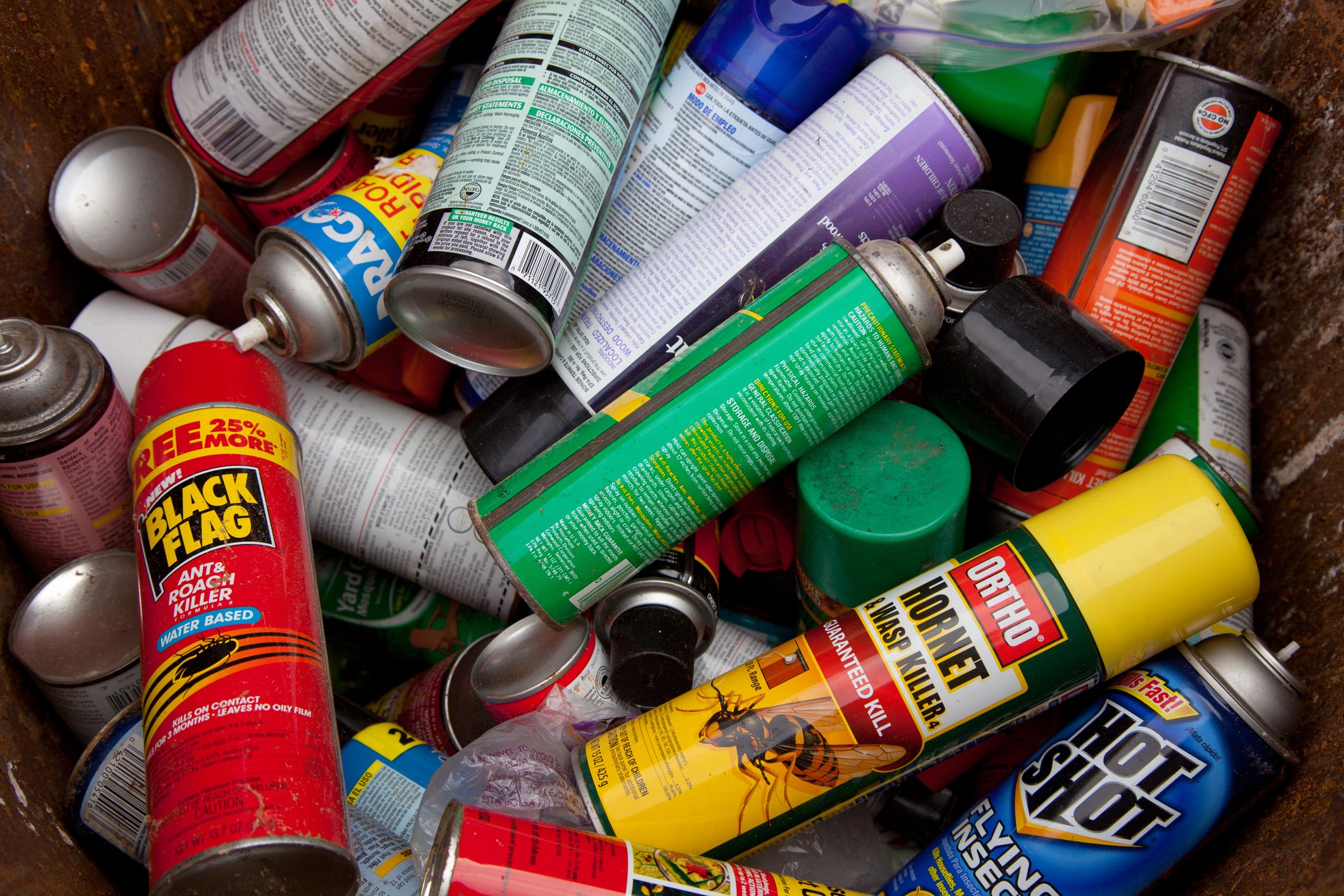
Bug spray is a product that is literally designed to kill living beings with chemicals. Scientists have linked insecticides to neurological impairment and damage in children who have been exposed to them.
Canned Food

BPA has been linked to diabetes, heart disease, and male infertility and is found in most canned foods. Some manufacturers are phasing BPA out of their cans, but alternative chemicals have not yet been studied to determine potential harmful effects.
Corn and Soybeans

The majority of corn and soybean plants are now genetically engineered to grow even when they are sprayed with toxic chemicals in weedkiller. This is why many people now look for organic corn and soybeans.
Desktop Computers And Laptops

Cadmium, chromium, lead, beryllium, and mercury are all found in computers. According to Greenpeace, some of these chemicals have been found in human breast milk, polar bears, and even whales, which illustrates the need for proper computer disposal.
Cell Phones

The World Health Organization has found no conclusive evidence linking radio-frequency exposure to chronic diseases, such as cancer and neurological conditions. Nonetheless, cell phones contain mercury and arsenic, which are harmful to humans. For this reason, it is important to dispose of old devices safely.
Words

Toxic words may not have a direct impact on physical health. However, reducing their use can improve mental health, give people a better outlook on life, and enhance well-being.
